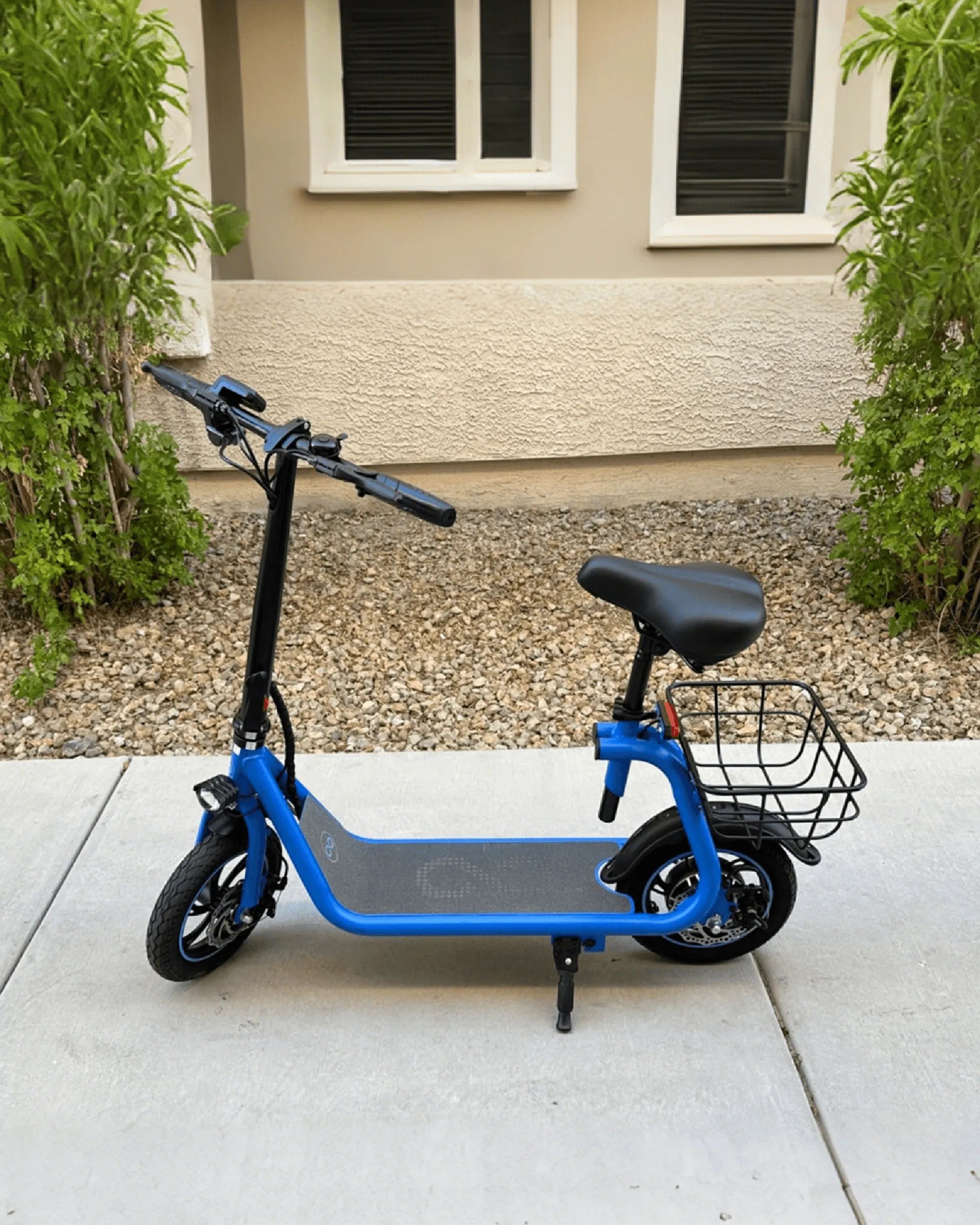Electric bikes have surged in popularity, offering a greener, faster, and more efficient way to commute. But one question lingers in the minds of many: how fast can an electric bike go? The answer isn’t as straightforward as you might think. From motor power to legal restrictions, several factors determine the top speed of an e-bike. Let’s break it all down.
Understanding Electric Bike Speed Classes
Electric bikes are typically categorized into three classes based on their speed capabilities:
- Class 1: Pedal-assist only, with a top speed of 20 mph (32 km/h).
- Class 2: Throttle-assisted, also capped at 20 mph (32 km/h).
- Class 3: Pedal-assist with a higher limit of 28 mph (45 km/h).
These classifications help riders and regulators understand the performance and legal requirements for each type of e-bike.
Factors That Influence Electric Bike Speed
Several elements determine how fast an electric bike can go:
Motor Power and Type
The motor is the heart of an e-bike. Higher wattage motors (e.g., 750W or 1000W) can achieve greater speeds, but they also drain the battery faster. Hub motors and mid-drive motors offer different performance characteristics, with mid-drives often providing better efficiency for climbing hills.
Battery Capacity
A larger battery capacity ensures sustained power delivery, which can maintain higher speeds for longer durations. However, battery weight can also impact overall performance.
Rider Weight and Terrain
Heavier riders or challenging terrains like steep hills can reduce an e-bike’s top speed. Aerodynamics and tire pressure also play a role in how efficiently the bike moves.
Legal Restrictions
Most regions impose speed limits on e-bikes to ensure safety. Exceeding these limits may require licensing, insurance, or even reclassification as a moped or motorcycle.
Pushing the Limits: How Fast Can E-Bikes Really Go?
While most consumer e-bikes adhere to the 20-28 mph range, modified or high-performance models can reach speeds of 40 mph (64 km/h) or more. However, these speeds often come at the cost of legality, safety, and battery life.
Safety Considerations at High Speeds
Riding at higher speeds increases the risk of accidents. Proper gear, such as helmets and protective clothing, becomes essential. Additionally, braking systems must be robust enough to handle the increased momentum.
The Future of Electric Bike Speed
Advancements in battery technology and motor efficiency continue to push the boundaries of e-bike speed. However, regulatory frameworks will likely evolve alongside these innovations to balance performance with public safety.
Whether you’re a daily commuter or a speed enthusiast, understanding how fast an electric bike can go helps you make informed choices. From legal limits to performance tweaks, the world of e-bikes is as dynamic as the rides themselves. Ready to hit the road?

Share:
Electric Bike Attachment: The Ultimate Guide to Enhancing Your Ride
Do You Need a License to Drive an Electric Bike? The Ultimate Guide